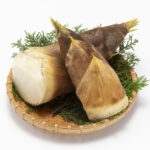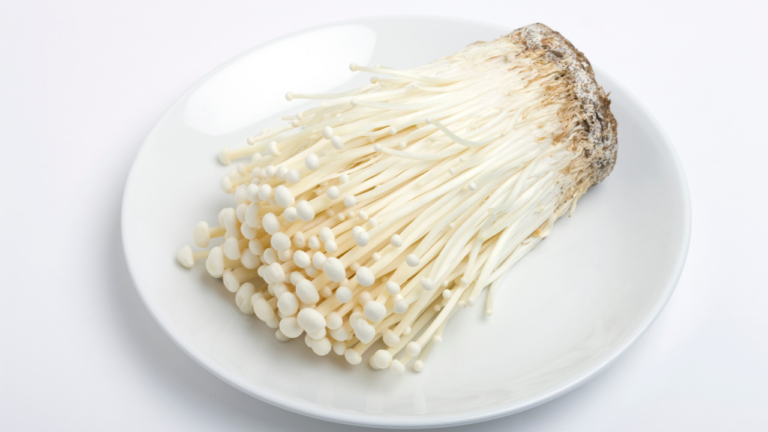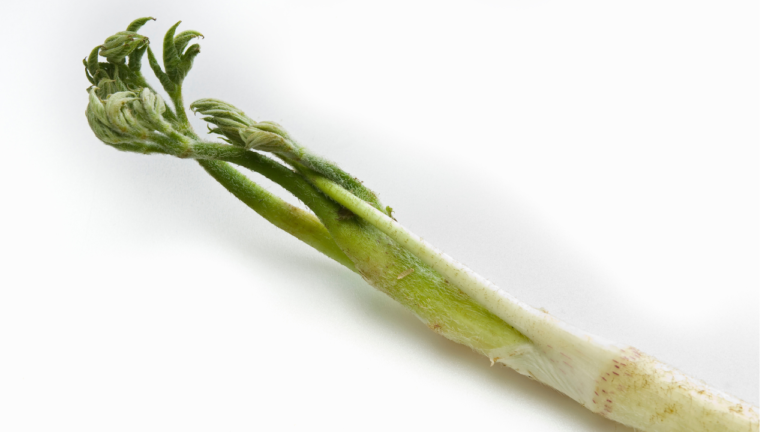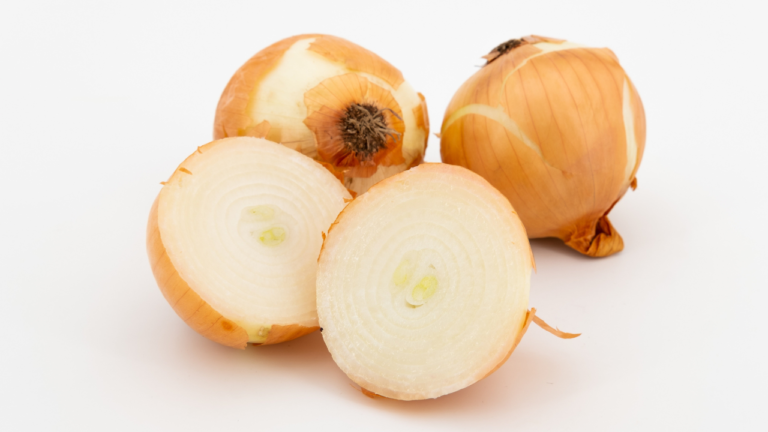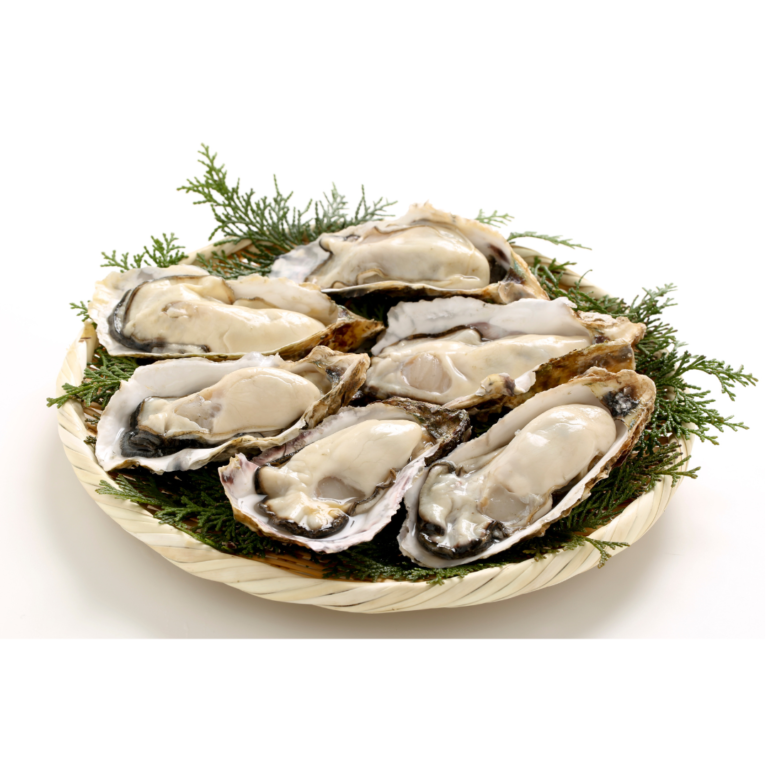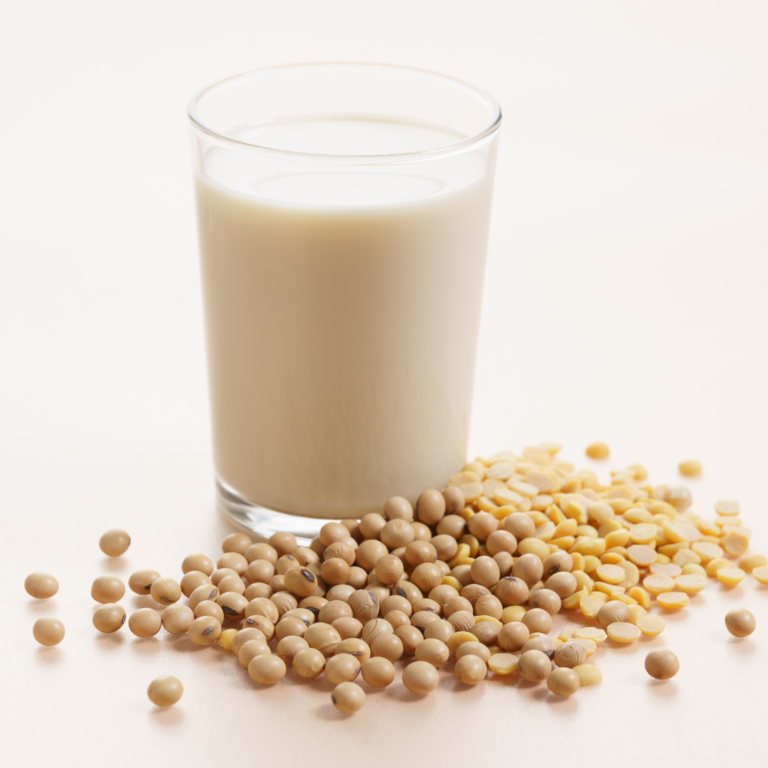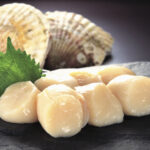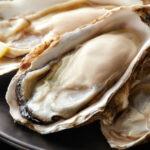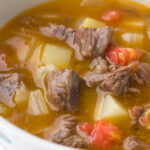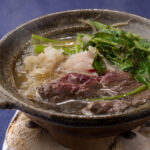Seasonal recipes for asparagus, a representative spring vegetable | An explanation of how to eat it deliciously and how it is to stir-fried it!
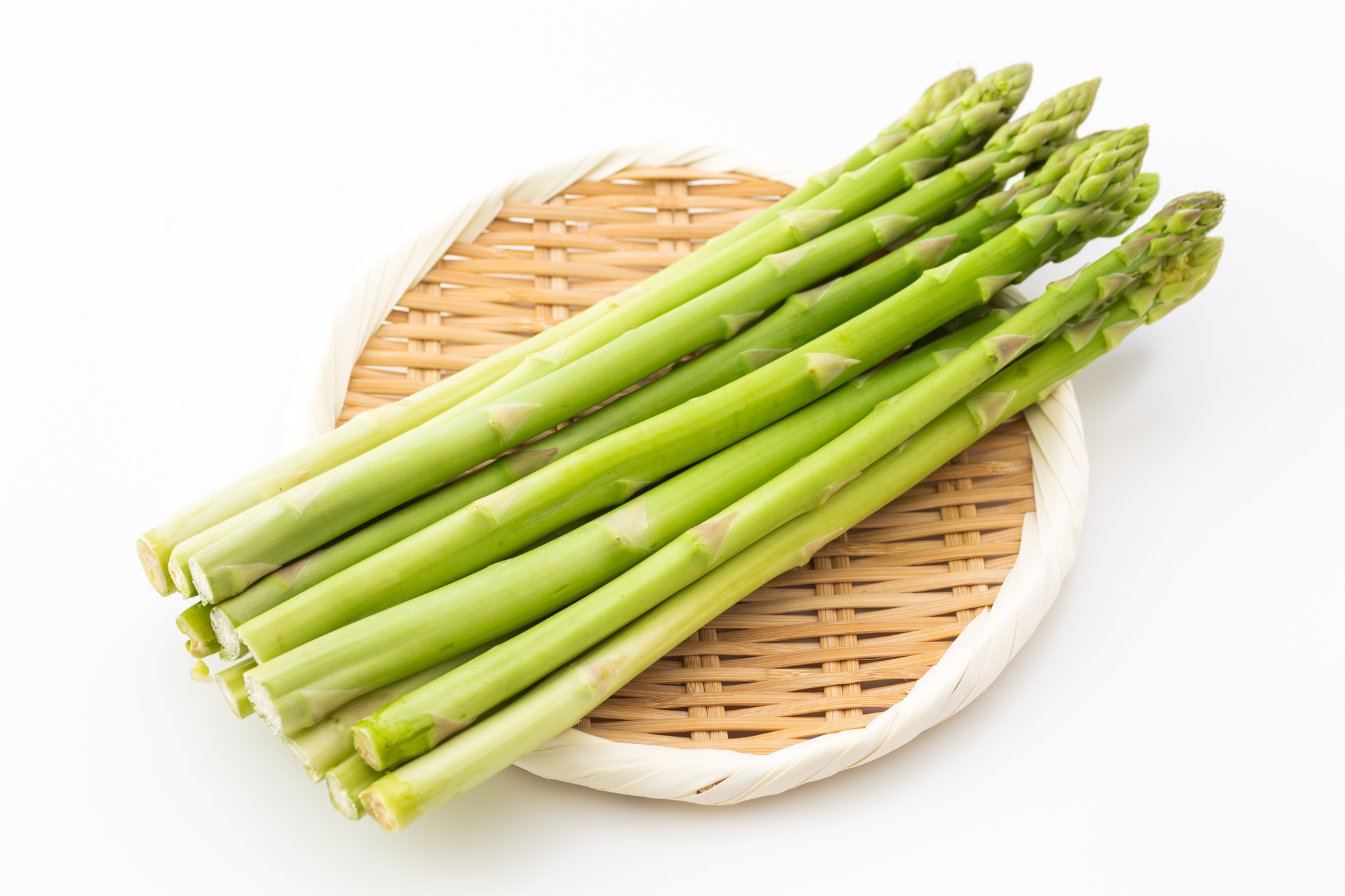
table of contents
- 1 Introduction
- 2 History and origin of asparagus
- 3 Types and characteristics of asparagus
- 4 Differences depending on the season and how you choose
- 5 How to Choose a Delicious Asparagus
- 6 Tips for cooking by hand folding asparagus
- 7 Asparagus cooking methods and key points
- 8 How to store asparagus
- 9 Easy stir-fried recipes using asparagus
- 10 Arrange ideas and other ways to enjoy them
- 11 Asparagus is enjoyed overseas
- 12 The development of asparagus and its future
- 13 Summary: To fully enjoy asparagus
Introduction
Asparagus is one of the vegetables that has been introduced from overseas. It is said that it was introduced to Japan during the Edo period, but at first it was not widely used as a food product and was grown for viewing purposes. Eventually, authentic edible cultivation began to progress from the Meiji period onwards, and now it has become a vegetable that can be enjoyed in season from spring to early summer.
It is said that it was originally grown in the Mediterranean coastal regions of Europe, and has long been a popular spring flavor in various parts of Europe. There are many production areas in Japan, and in some areas, they are harvested year-round by house cultivation, but the original season is from around March to June. The freshness is very different, so be sure to try enjoying asparagus during this season.
History and origin of asparagus
Asparagus is said to have origins in Europe's Mediterranean suburbs. This vegetable has a long history, and is said to have been cultivated for food in the ancient Roman period. It was later transmitted from all over Europe to North America, and is said to have been brought to Japan via Dutch ships during the Edo period.
In Japan, it was originally cultivated as an unusual Western plant for ornamental purposes, but in the Meiji period, full-scale cultivation for food began mainly in Hokkaido and other areas. As the Taisho period began, it gradually became available in Japan, and now white asparagus, green asparagus, and even purple varieties are now available.
Types and characteristics of asparagus
There are various types of asparagus depending on the cultivation method and variety. Broadly classified according to the way they grow and their appearance, they are as follows:
Green asparagus
This is a bright green asparagus grown in sunlight. This is the most common in Japan, and you can enjoy a soft, fresh texture. It has a strong aroma and flavor, making it suitable for cooking methods such as lightly stir-frying and baking.
White asparagus
It is a soft white cultivation with soil over its young shoots and blocking out sunlight. It is particularly popular in Europe as a spring taste, and is characterized by its unique bittersweetness and sweetness. It is often sold in canned foods, but in some countries, they are boiled or baked and eaten raw. It has a whiter colour than green asparagus and a softer atmosphere, making it a great way to brighten up the look of your food.
Purple asparagus
It is a purple variety and has been produced domestically in recent years. When heated, the purple color will disappear and it will become closer to green, but if you cook it lightly through raw food or vinegar, it will be easier to maintain the beautiful purple color. The texture and flavor are basically similar to green asparagus, but some varieties may have a sweet taste.
Differences depending on the season and how you choose
Asparagus is considered to be seasonal from around March to June. During the early season of the season, the "hashiri" season, particularly contains a lot of moisture and the skin tends to be soft. On the other hand, the difference is that the water decreases slightly in the second half of the season and the muscle becomes more prone to stiffness. However, this adds to the flavor and is also a time when you can enjoy the "asparagus-like" feel.
- (starting season)
is soft and the freshness stands out. Boiling tends to give off a watery feel, so cooking methods such as stir-frying and baking are more recommended.
This is a time when the water decreases from the season to the end It will be softer if you boil the bottom and then cook it. You can also use the roots and skin that are often thrown away depending on your ingenuity.
How to Choose a Delicious Asparagus
When choosing asparagus in the store, check out the following points:
- with tight tips or
open tips may be less fresh. It's better to have it tightly closed. - when touching the stem (the root part)
, it will retain its freshness. Avoid wrinkled or soft. - stove that is stuck tightly to the stem or
on the surface of the asparagus is called a "hakama." If it's far away, it's proof that it's not fresh. - check the cross section
, we recommend looking at the cut. If there are any areas that are dry or discolored, it is best to avoid them.
Tips for cooking by hand folding asparagus
I think most people use a knife when cutting asparagus. However, it is said that folding it with your hand makes it difficult to produce ass and slurred slurred slurred slurred slurred slurred slurred slurred slurred slurred slurred slurred slurred slurred slurred slurred slurred slurred slurred slurred slurred slurred slurred slurred slurred slurred slurred slurred slurred slurred slurred slurred slurred slurred slurred slurred slurred slurred slurred slurred slurred slurred slurred slurred slurred slurred slurred When cut with a knife, the components contained in the cross section become more likely to come into contact with air, making it easier to lose the flavor. Of course, if you want to emphasize the appearance and how it is, a knife is fine, but if you want to fully enjoy the unique features of the materials, you should definitely try hand-folding.
Also, fold the hard part at the roots quickly and peel the firm skin thinly with a peeler or something to make the mouthfeel even better. In particular, asparagus is thick and tends to remain streaks at the end of season, so it is effective to combine folding and peeling.
Asparagus cooking methods and key points
The appeal of asparagus is that it is delicious even when cooked simply. There are a variety of cooking methods, but here are some of the most common ones.
Stir fry
Fresh asparagus is especially suitable for stir-frying, such as during the season. Try frying asparagus, which you folded by hand without cutting with a knife, in a frying pan with a small amount of oil. Add a small amount of water and steam it to cook it to the core and trap the flavor.
Boil
Boiling is a good way to use asparagus, which has become a little more strained in the second half of the season. The key is to boil it slightly in plenty of hot water and pull it out to just leave a chewy texture. It is said that if you simmer the skin and roots, which are often thrown away, the flavor of the asparagus itself will become even stronger.
bake
When baked in the oven, toaster, or grill, it adds a fragrant flavour and brings out the deliciousness. If the heat is strong, it will easily burn, so if there is a hard part near the root, lightly boil it down before baking it to give it a better finish.
Raw food or lightly pickled fish
Some people say that if you have very fresh asparagus, it's delicious to eat raw. Adding it to salads or lightly salted to finish it with a light pickle will directly convey the freshness of the dish. However, when eating raw, wash thoroughly and remove hard areas if necessary.
How to store asparagus
Asparagus has the property of extending vertically, so if left sideways after harvesting, the tip may bend. Store it as follows to make it easier to last longer.
- If you are storing in the fridge,
it is a good idea to wrap it in damp newspaper or kitchen paper and store it upright with the tip facing up. By standing it up, it prevents asparagus from extending in an impossible direction, making it easier to maintain a fresh look. - If you are not using it for a while,
you can also boil it and freeze it. Boil quickly to the point that the color does not change, then thoroughly wipe off any moisture, put it in a storage bag and put it in the freezer. When adding it to soup or stir-fry, you can add it to a pot or pan while it is frozen.
Easy stir-fried recipes using asparagus
Below is a simple recipe for stir-fried dishes using hand-folded asparagus. Although it is an ingredient derived from overseas, it suits a wide range of dishes, including Japanese and Western cuisine. Enjoy the vibrant colours and crunchy texture to your heart's content.
Ingredients (for 2-3 people)
Green Asparagus... 3 bottles
of water... 2-3 tablespoons
Salad oil... Approximate amount
of salt... Pinch of
garlic (optional)... 1 crock
How to make it
- Prepare asparagus,
hold the roots and gently bend them with your hand, and fold them where the hard part will break. Peel the skin at the roots thinly if necessary. Fold it by hand to make it easy to eat and divide it into tips and stems. - to fry the stems
and place over medium heat. Once warmed, add the asparagus stems first, leave for a while to stir-fry until browned. When the surface is bright, turn it over. - Add water and
when it's about to burn to steam, add a little water, cover and steam. This will make it easier to cook to the core and even trap the deliciousness inside. - where you add the tip and garlic
are cooked to some extent, add the tip. If you are adding garlic, add it at this time and stir-fry it to make it smell great. - finish with salt
, sprinkle a pinch of salt and mix quickly, spread it all over. Turn off the heat and place it on a plate and you're done.
*It's also delicious when frying with onions and mushrooms. You can enjoy the rich flavor through the synergistic effect of the ingredients.
Arrange ideas and other ways to enjoy them
- the bacon-wrapped
asparagus for a long time without folding it by hand, wrap it in bacon and grill it to make it a perfect side dish or snack for your lunch box.
If you soak asparagus, which has been fried in a fragrant frying pan or grilled in dashi or soy sauce-based soup, it will become a delicious Japanese-style side dish even when chilled .- Tempura and fried
asparagus are ingredients that tend to retain a crisp texture even when covered in batter. In particular, soft asparagus in early spring can be enjoyed to the fullest when tempura makes it a fresh sweetness.
Asparagus is enjoyed overseas
In Japan, young asparagus is often enjoyed simply, but overseas there is a culture that mainly deals with white asparagus. This vegetable is so beloved that it can sometimes be held in some parts of Europe in spring that it is a "asparagus festival." White asparagus in particular is popular in the form of eating it by pouring it on its bittersweet and beautiful appearance, adding butter sauce or olive oil to simply taste it with salt and pepper.
The development of asparagus and its future
Asparagus, which came to Japan as an ingredient derived from overseas, has been cultivated in many regions over the years. In recent years, there has been a wide variety of options, including thicker and sweeter varieties and purple, fun to look at. There are also efforts to pursue even more deliciousness in unique ways, including attempts to grow white asparagus using abandoned railway tunnels.
By developing soil, taking into consideration the climate, and ingenuity in the harvest season, we hope that asparagus will continue to be released in the future. You may be seeing more and more asparagus in supermarkets and markets that you've never seen before.
Summary: To fully enjoy asparagus
Asparagus has been introduced from overseas and has become loved by many people in Japan. Even with relatively simple cooking, it is easy to make the most of the flavor of the ingredients, giving you a sense of the arrival of spring. We recommend enjoying the freshness of the asparagus from Hashiri to the fullest by stir-frying it without boiling it, and boiling or pre-boiling the slightly stiff asparagus in the second half to enjoy the firmer, softness.
There are a variety of ways to enjoy it, from easy stir-frying to sauteed white asparagus and raw purple asparagus arrangements. Knowing how to choose asparagus, how to prepare it, and how to store it will bring out the charm even more. Enjoy the seasonal deliciousness that can only be enjoyed today, while still feeling the history of overseas delivery.
